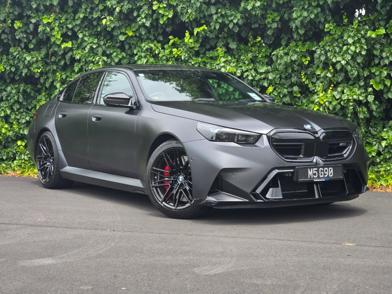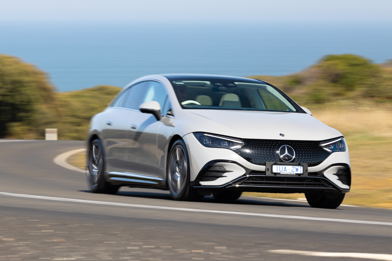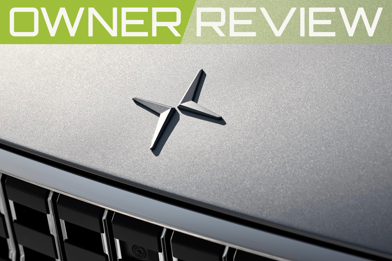Okay, full disclosure: it was literally around the block, in the wet, with BYD New Zealand’s boss in the passenger seat. But a drive is a drive; we’ll take it.

Meet the Seal sedan, BYD NZ’s forthcoming rival for the Tesla Model 3 and Hyundai Ioniq 6. And probably any other designy sub-$100k battery electric vehicle (BEV) on the market you can think of, to be honest. Like GWM’s yet-to-be-launched Ora Sport.
Seal is destined to arrive here later in the year, with specification and pricing yet to be announced. The example you see here is the quick (very quick) one with an 82kWh battery and dual-motor AWD: 230kW at the rear and 160kW on the front.
A heat pump is standard and the battery offers vehicle to load (V2L) capability. So you can charge your e-scooter or boil the jug from the car’s charge port.

Note the “3.8S” badge on the bootlid. That’s seconds to 100km/h for this model, which makes it an obvious rival for the Tesla Model 3 Performance.
We’ve already seen the Dolphin, so we were prepared for the Seal. BYD says both have an 'Ocean Aesthetics design concept'.
There are other Seals of course, including a rear-drive entry version (230kW from that single motor, 0-100km/h 5.9sec) that’ll ensure a rebate-friendly option presumably well underneath the Government’s $80k Clean Car Discount cap. Ranges vary from 520-570km, with a maximum charge rate of 150kW.

Yes, we do have to get used to some marine-themed names. The Atto 3 was rebadged for export markets (it’s called the Yuan Plus in China and is part of the brand’s Dynasty Series of models), but the so-called Ocean Series is sticking with the comedy badging around the world: we’ve already seen the Dolphin, so we were at least prepared for the Seal. BYD says both have an “Ocean Aesthetics design concept”.
Note the '3.8S' badge on the bootlid. That’s seconds to 100km/h for this model.
Apologies to Porsche Taycan for some of the Seal exterior design cues as well perhaps… but it does look really good.

Seal is the next step forward in BEV design from the Atto 3: the first BYD to employ cell-to-body (CTB) construction, which basically means the Blade battery is part of the structure of the car rather than simply sitting on the platform. The company says it allows about 10mm lower overall height without compromising passenger space. Lower, sportier cars again? We’re in.
First impressions are of even higher quality than the Atto 3, which we’ve been really impressed with for the price. Seal has a more conventional cabin design: still incredibly curvaceous, but none of the polarising skin-and-sinew-inspired trim. There’s a much bigger instrument panel than Atto and you still get the BYD-signature rotating 15.6in screen.

There’s a neat dual-phone wireless charging pad in the centre console (just like a Tesla Model Y) and BYD says there are at least 20 different minor storage areas around the cabin.
You’re sitting really low, but passenger space is excellent, and there’s a 402l boot with a 53l frunk up front.

It’s smooth and on our brief drive the ride was impressive: the wheelbase is long (2920mm) and the AWD model has “semi-active suspension with variable frequency dampers”.
While we can’t really speak to high-speed performance and handling, a bit of silliness with the throttle on a quiet stretch of wet, um, seal away from public roads did suggest the Seal has pretty impressive control of all those kilowatts. BYD says the quick response of pure-electric power has enabled it to develop intelligent torque adaption control (iTAC), which has “superseded the old method of restoring vehicle dynamics by only lowering power output, with various control methods such as torque shift, appropriate torque reduction, or negative torque.”
That’s just a fancy way of saying iTAC can use more of the power more of the time by sending it to different places, even when traction is an issue.

Seal seems like a really impressive product in terms of technology and quality. Potentially a fun one to drive, too. But of course it all hinges on the model lineup and pricing; we’ll let you know as soon as we do.
(ICYMI: first published July 7)
BYD SEAL
MOTOR: 82kWh battery with single or dual electric motors
POWER: 230kW (RWD) or 390kW (AWD)
GEARBOX: Single-speed automatic, RWD or AWD
RANGE: 520-570km (WLTP)
PRICE: To be announced






















